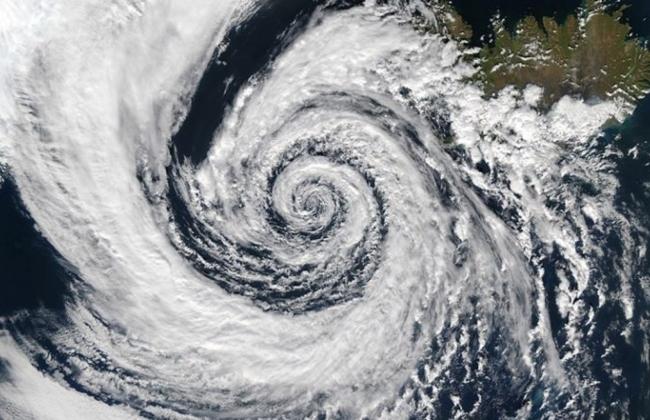Reason Behind Naming Cyclone Asani and Its Meaning

Severe cyclonic storm Asani is over west-central region and adjoining the southwest region of the Bay of Bengal. According to the Met department, Asani was about 590km southwest of Puri and about 510km south-southwest of Gopalpur in Odisha.
Now, which country named Cyclone Asani? The storm was named by Sri Lanka and it means "Wrath" in Sinhalese.
According to the World Meteorological Organisation (WMO), in one particular geographical location or around the globe, there can be multiple cyclones at a time. To prevent confusion, each tropical storm is given a name. Earlier, the storms were named arbitrarily but from the mid-1900s, feminine names were given to the storms. Later, the meteorologists decided to name storms from a list of a more organised and efficient system.
There are six Regional Specialised Meteorological Centres (RSMCs) worldwide and five regional Tropical Cyclone Warning Centres, which are mandated for issuing advisories and naming cyclonic storms. The Indian Meteorological Department (IMD) is one of the RSMCs.
Generally, the names of cyclones depend on regional rules. According to the WMO website, "In the Atlantic and in the Southern hemisphere (Indian ocean and South Pacific), tropical cyclones receive names in alphabetical order, and women and men's names are alternated. Nations in the Northern Indian ocean began using a new system for naming tropical cyclones in 2000; the names are listed alphabetically country wise, and are neutral gender wise. The common rule is that the name list is proposed by the National Meteorological and Hydrological Services (NMHSs) of WMO Members of a specific region, and approved by the respective tropical cyclone regional bodies at their annual/biennual sessions."
"Since 1953, Atlantic tropical storms have been named from lists originated by the National Hurricane Center. They are now maintained and updated by an international committee of the World Meteorological Organization. The original name lists featured only women's names. In 1979, men's names were introduced and they alternate with the women's names. Six lists are used in rotation. Thus, the 2019 list will be used again in 2025," the WHO added.
In September 2004, the naming of cyclones in the Bay of Bengal and the Arabian Sea began. The IMD provides cyclone and storm surge advisories to 13 countries across the north Indian Ocean.
There shouldn't be any repetition of the name. There will not be any change in the name of a storm from the South China Sea that crosses Thailand and emerges into the Bay of Bengal. The word can be of a maximum eight-letter and should not be offensive to any member country or hurt the sentiments of people.
A new list was released with 169 names, including 13 names each from 13 countries in 2020. Earlier, eight countries had given 64 designations. Gati (speed), Megh (cloud), and Akash (sky) were the names given by India. Here are a few names that will be used in the future - Ghurni, Probaho, Jhar and Murasu from India, Biparjoy (Bangladesh), Asif (Saudi Arabia), Toofan (Iran) and Shakhti (Sri Lanka). After Asani, the name of the cyclone is Sitrang, given by Thailand.
Also Read: Sri Lanka Under Curfew as Violence Kills Five and Injures Over 150





